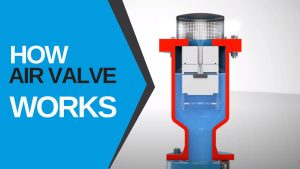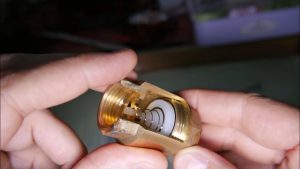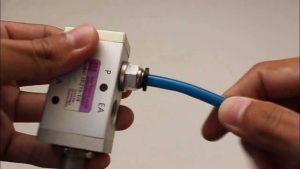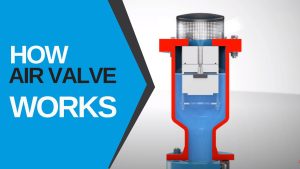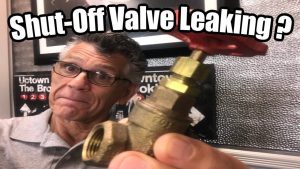1. Electric ball valves should be stored in dry and ventilated rooms, and both ends of the passage should be blocked.
2. Electric ball valves stored for a long time should be inspected regularly to remove dirt and coated with rust-proof oil.
3. The electric actuated ball valve should be inspected regularly after installation. The main inspection items are as follows:
- (1) Wear condition of sealing surface.
- (2) Trapezoidal thread wear of stem and stem nut.
- (3) Whether the filler is out of date or not, and if it is damaged, it should be replaced in time.
- (4) After repair and assembly of electric valves, the sealing performance test should be carried out.
In the course of operation, all kinds of valve fittings of the electrically operated ball valve should be complete and intact. Bolts on flanges and brackets are indispensable. Threads should be intact and intact. No loosening is allowed. The fastening nuts on the handwheel should be tightened in time if loosening is found, so as not to wear the connection or lose the handwheel and nameplate. If the handwheel is lost, it can not be replaced by a live wrench. It should be matched in time. Packing gland should not be skewed or without pre-tightening clearance. For electric valves which are easily contaminated by rain, snow, dust and other dirt, the valve stem should be equipped with protective cover. The ruler on the electric ball valve should be complete, accurate and clear. Lead seals, caps and pneumatic accessories of electric valves should be in good condition. Thermal insulation jacket should be free from depression and crack. It is not allowed to knock, stand or support heavy objects on electric ball valves in operation, especially non-metallic electric ball valves and cast iron electric ball valves.






